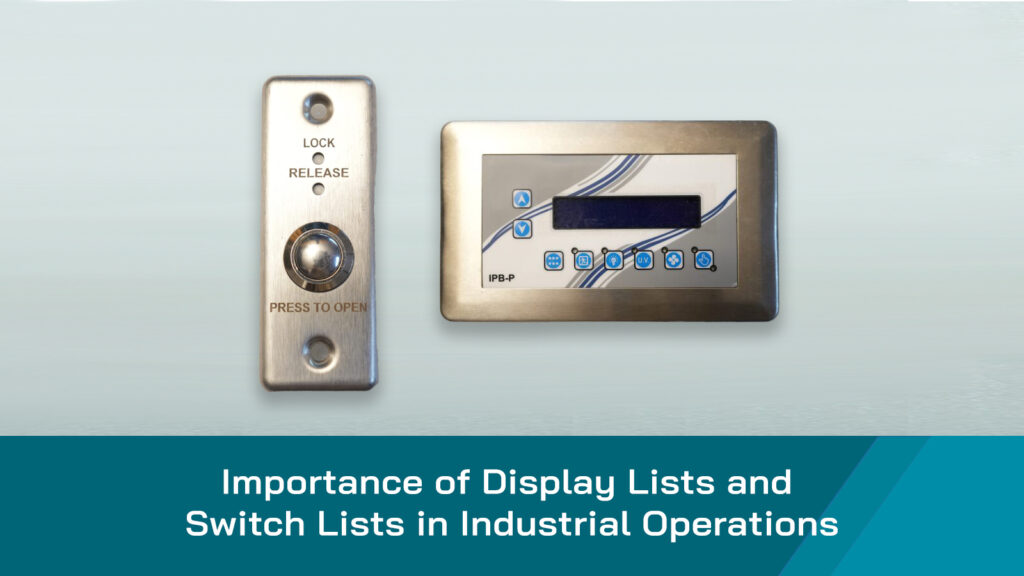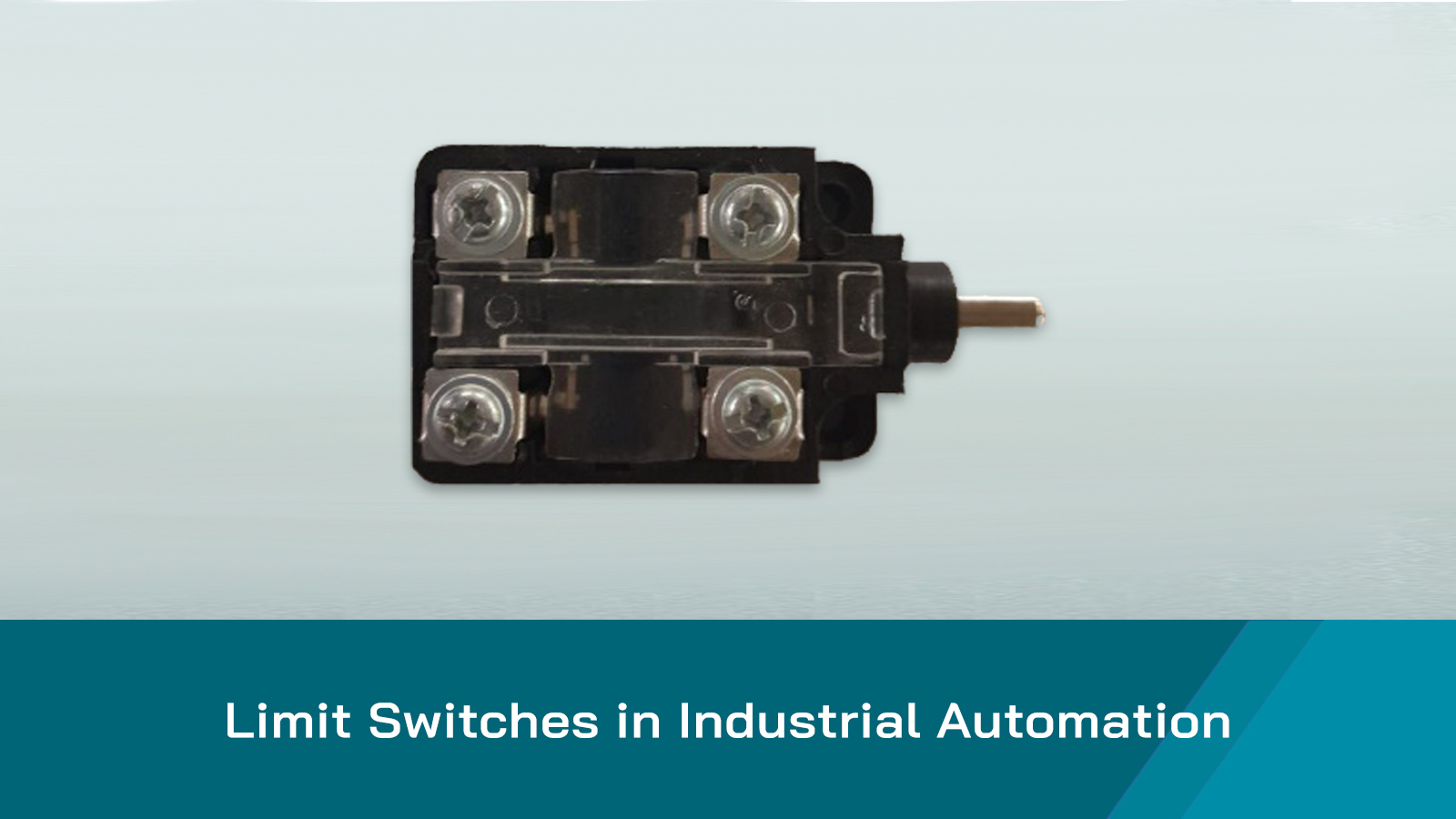The author of this blog, Sharad, is an expert writer in the field of industrial technologies. He has done extensive research to bring the facts about display and switch lists in industries to help out readers.
In this blog, we’ll explore the importance of Display Lists and Switch Lists in Industrial Operations, improving workflow efficiency and optimizing processes.
Effective data handling is one of the most important aspects of any industrial operational activity. As such, display lists and switch lists are two primary elements. These concepts are of great importance with regard to the automation of industries, manufacturing activities, and control of processes. This article aims to explore how these concepts relate to and impact workflow efficiencies in India’s workforce. You will also get to know their definitions, differences, advantages, problems encountered, and impacts.
What Are Display Lists?
The term display lists is defined as a collection of data or instructions compiled as one unit for presentation on industrial display systems. These are like interfaces that provide real-time data on the relevant parameters and status of different components of industrial systems, such as machines, production, and alerts. The operators can execute the critical procedures effectively as display lists compile important data in one single coherent list.
In industrial automation, display lists are integral to the human-machine interfaces (HMIs) with which operators interact with machines. Display lists, therefore, ensure that decision-making and operational processes are executed with ease and quick responsiveness.
What Are Switch Lists?
In contrast, switch lists are schedules used to control resource routing and switching within an industrial setting.
They provide step-by-step guidance on how to manage the flow of materials, products, or data throughout multiple phases of the manufacturing process. In relation to industrial switch systems, switch lists are critical for the control of resource circulation and distribution because, without them, proper and timely allocation of all elements is nearly impossible.
For example, a switch list in a manufacturing plant may define the order of introduction of raw materials to various machines or the order of shipment of finished goods. So, meticulously planned, logically ordered economisation of actions allows for keeping the times of production and the time of forced idleness of machines at a minimum.
Key Differences Between Display Lists and Switch Lists
While both display lists and switch lists are of great importance to industrial work, each has its uniqueness:
- Purpose: Display lists capture everything needed by the operative, whose access is directed towards managing the actual processes. On the other hand, switch lists deal with the management of movement and assignment of the processes in the order of priority causes and effects throughout the unit’s production system.
- Functionality: Display lists give visibility and narrow down to a specific link, whereas switch lists enable a specific state of the system to be put into operation.
- Interaction: Display lists require attention so that action can be taken based on the current state of the list, while switch lists are simple management tools that enable an action in resource administration to be executed.
Benefits of Implementing Display and Switch Lists
There are numerous benefits when display and switch lists are incorporated into the operational frameworks of industries. These include:
- Enhanced Efficiency: Reduced operational response times resulting from quick information evaluation and decision-making processes are enabled by display lists.
- Improved Resource Management: Minimization of resource wastage and production flow optimisation are guaranteed by switch list routing and allocation of resources.
- Increased Accuracy: Standardization of procedural instructions along with information presentation makes human errors minimal with both tools.
Scalability: Performance level is not compromised when display and switch lists are adapted to suit more advanced industrial operations.
You may also like: Top Industries That Benefit from Display Lists and Switch Lists in Operational Systems
Challenges and Considerations
In spite of the aforementioned advantages, the display and switch lists initiative comes with the following disadvantages:
- System Integration: Technical skill and elaborate planning are a necessity when ensuring that display and switch lists are compatible with the current industrial automation systems.
- Data Accuracy: Operational inefficiencies and misguided decisions brought forth by inaccurate data demonstrate the limitations of the effectiveness of these lists.
User Training: Continuous support and education are a must due to the necessity of adequate training for operators to enable correct interpretation of display and switch lists.
How Display and Switch Lists Improve Workflow Efficiency
The industrial workflow can be greatly improved with the appropriate coordination of display and switch lists.
- Real-Time Monitoring: The operator is able to minimise equipment problems due to the up-to-date information that display lists provide, which allows operators to easily note the issues that should be fixed and attended to.
- Streamlined Processes: it puts materials and information in an orderly progression that changes a production cycle so that every stage in the process is completed in its rightful order mathematically, sequentially, and logically.
Coordinated Operations: A common set of information and procedures can establish lists, which, more than other things, allow uniformity and coordination in various departments and processes.
Conclusion
The implementation of display and switch lists is fundamental to the efficiency of Indian manufacturing operations, especially in the fast-paced and new world. The tools enhance switching and display operational efficiency and accuracy with the support of scalability and flexibility that is needed within industrial settings. For these reasons, systems that switch and control lists are put on display, leading to streamlined, responsive, and effective systems. Investing in well-designed Display List & Switch List helps industries maintain seamless workflows, boost efficiency, and enhance operational reliability
FAQs
A: With display lists, real-time information is visualised, and operators are able to control and monitor automated activities to maximise the effectiveness of processes in any industrial realisation.
A: Indeed, tailored switch lists can be designed to correspond with the needs of particular manufacturing operations in order to properly allocate resources and manage workflows.
A: Among the challenges are the reconciliation of current system compatibility, discrepancies in the quality of data, and insufficient training for operators of these tools.








